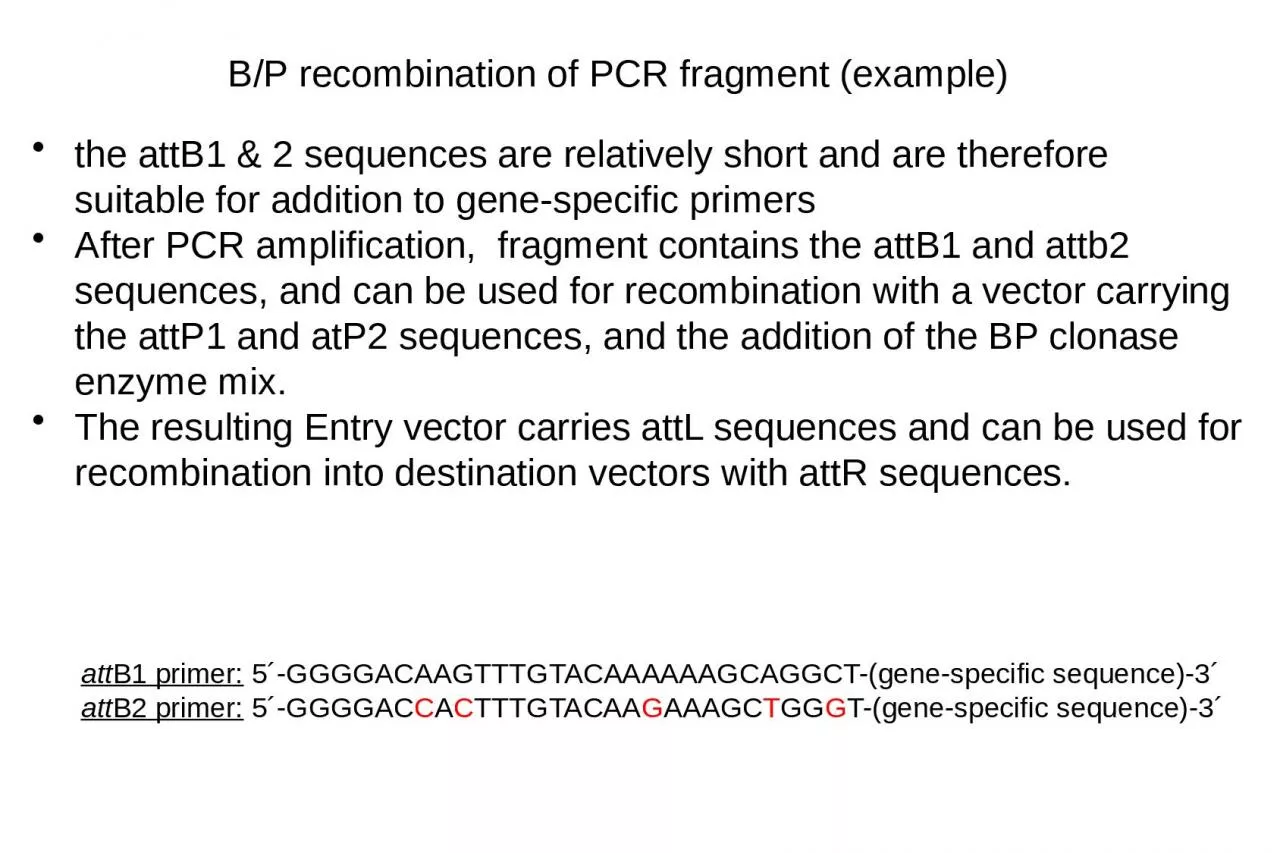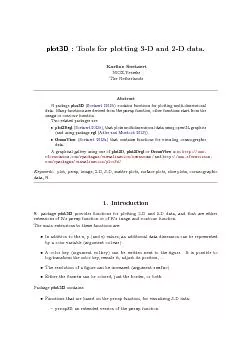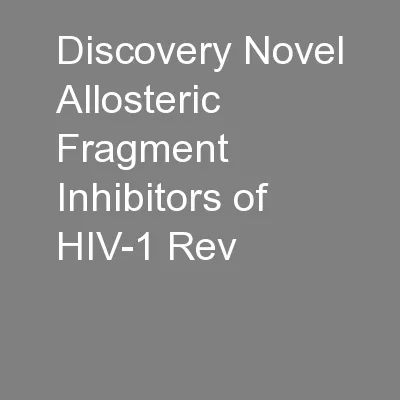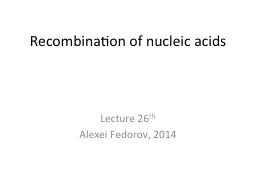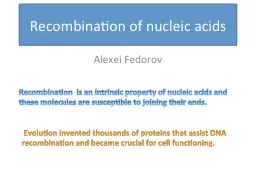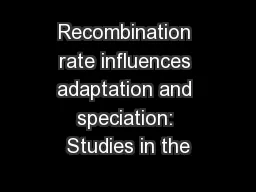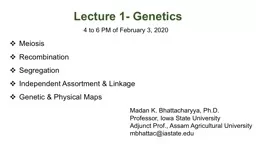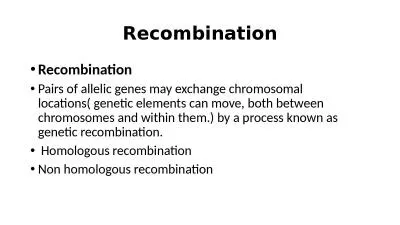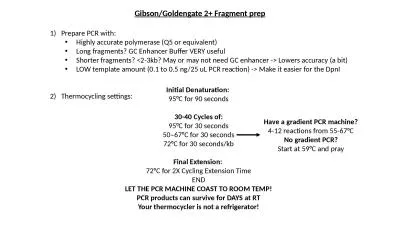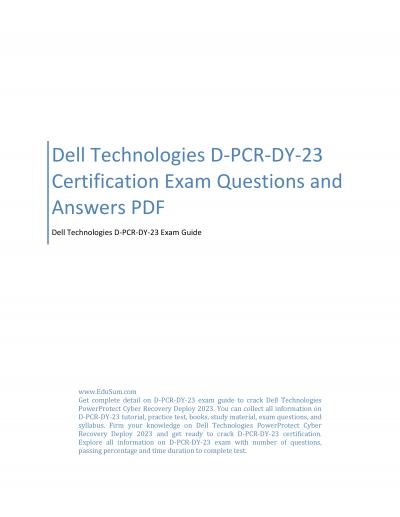PPT-B/P recombination of PCR fragment (example)
Author : sophia | Published Date : 2024-02-02
the attB1 amp 2 sequences are relatively short and are therefore suitable for addition to genespecific primers After PCR amplification fragment contains the attB1
Presentation Embed Code
Download Presentation
Download Presentation The PPT/PDF document "B/P recombination of PCR fragment (examp..." is the property of its rightful owner. Permission is granted to download and print the materials on this website for personal, non-commercial use only, and to display it on your personal computer provided you do not modify the materials and that you retain all copyright notices contained in the materials. By downloading content from our website, you accept the terms of this agreement.
B/P recombination of PCR fragment (example): Transcript
Download Rules Of Document
"B/P recombination of PCR fragment (example)"The content belongs to its owner. You may download and print it for personal use, without modification, and keep all copyright notices. By downloading, you agree to these terms.
Related Documents

